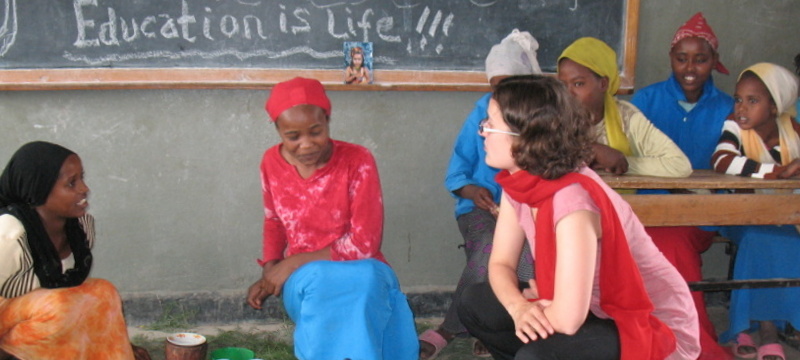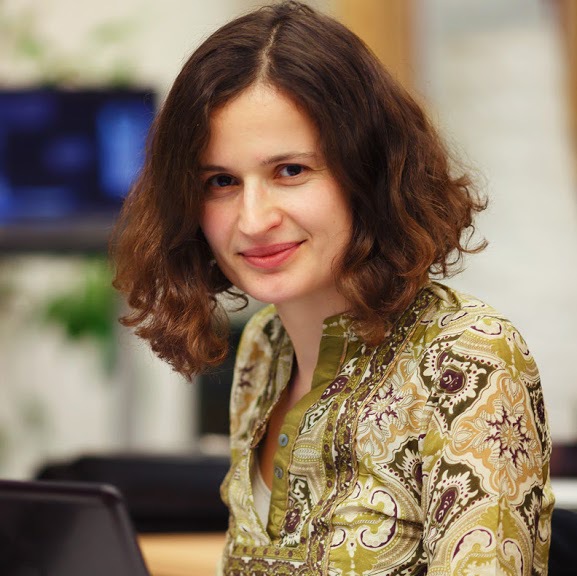
Child trafficking in Ethiopia
Every year, around 20,000 children have been traded in Ethiopia, which is among the highest figures in the world. Children leave to escape poverty and get access to education, while being often attracted to better living in cities. Girls end up being exploited in domestic work and prostitution, whereas boys in traditional weaving, herding, guarding, and street vending. Brokers, tour operators, and hotel owners facilitate this exploitation. Awareness remains low and prosecution minimal.
Combating child trafficking
To address this, People In Need implemented from 2009 to 2012 the project Prevention of child trafficking and reintegration of victims.
For example, Dita woreda was traditionally prone to child trafficking especially for weaving and shepherding. The practice was deeply rooted in the community and widely accepted. The project engaged more than 3.000 people in Community Conversation groups and children from 5 schools in school clubs. Teachers, village chiefs, agriculture or health workers counselled families in order to prevent child trafficking.
Finally, the communities developed local bylaws, based on which five families were fined and returned their children back home. More than 1.000 children got access to education and almost 400 children were re-enrolled through home visits, thus decreasing the likelihood of them being trafficked.
A weaving training was organized for 40 members of underprivileged families. Consequently, the trainees formed cooperatives and supported their members in producing modern designs, which are on demand and thus for high prices.
Moreover, project partners conducted a special radio programme, supported group discussions in school clubs, transmitted a song of the Ethiopian popular singer Gossaye Tesfaye against child trafficking, or screened a documentary movie against child trafficking across the country.
Further, children were intercepted with help of local committees and reintegrated back to their homes.
Above all, the project advocated for policy changes to decision makers, using evidence from the newly established regional database system of child trafficking cases.
Evaluation
The mid-term and final evaluations explored the project relevance, effectiveness, efficiency, impacts and sustainability. Based on the recommendations of the mid-term evaluation, some activities were shifted to target areas currently most prone to child trafficking.
The final evaluation suggested follow-up especially on the regional and national level, to gather sufficient evidence for policy making, integrate the initiatives and upscale them. Further, it drew attention to systematic tracking of reintegrated children, including family counselling, re-enrolment of the child to school, inclusion of the family members in available livelihood development opportunities and potential further support by the community and prevention of re-trafficking. Some new geographic areas were suggested for further intervention.
Gender Analysis
The gender analysis was prepared for the FoRS – Czech Forum for Development Cooperation Working Group on Gender. It reflects its Resource book and training kit for development practitioners: Gender in Development Matters (see page 62).
Starting points of the gender analysis:
- Gender was one of the project overall objectives.
- Gender was not a special focus of the evaluation, but was a cross-cutting theme on the activity and partially also output and result level.
- Both men and women were involved in project management and evaluation, but they were not consulted separately.
- Local context is key for correct interpretation of gender.
- Some findings relate to the enabling environment – even though the project aimed at policy changes, it was beyond its scope to address all systematic issues such as lack of policewomen etc.
Key conclusions of the gender analysis
Activity level
- Both men and women were involved on project activity level, even though men usually held the decision making positions. For example, prominent men such as village chiefs were facilitators of Community conversation groups. Key themes did cover child rights, school attendance and other family issues. There were gender disaggregated data showing a balanced participation of women and men. Engagement of women in conversations was not monitored.
- Similarly, most radio group facilitators and paracounsellors were men in influencing positions. Lower engagement of women, due to perceived “other responsibilities and low support of their husbands” could have affected the prevention work with vulnerable girls and mothers.
- Counter-Child Trafficking Committees engaged different actors and institutions focusing of women and children issues. Still, women participated only partially in decision making and gender issues were not given a special attention.
- Mostly policemen interrogated intercepted children, due to lack of available policewomen (which the project could not influence). Despite special training, special gender issues such as sexual harassment thus may not have been addressed.
- Awareness campaign showed special issues faced by boys and girls as well as potential solutions.
Result level
- Both boys and girls equally dropped out of education, even though for different reasons. Similarly, both boys and girls were similarly often trafficked. These reasons were addressed by the project. Shelters for intercepted children and family homes reduced their abuse.
- Girls engaged in prevention in school clubs more than boys.
- Livelihood support was provided to both men and women, even if the vocational training choices were partially stereotypical (girls as hairdressers). Actual impact of livelihoods could not be assessed.
- New policy documents were not analysed with respect to gender.
Impact level
- Consulted men and women from sending communities were very well aware of causes of and solutions for child trafficking of boys and girls.
- Local bi-laws were decided mainly by men, but they were successfully applied to put pressure on families to stop trafficking boys and girls and to return them back home. (Although cases of all children could not be followed upon by the evaluation.)
Let me hereby thank gender experts Míla O’Sullivan and Blanka Šimůnková for their help in the gender analysis and People In Need for the possibility to share this experience.
The presentation of the gender analysis in the Czech language prepared for the Czech NGOs is available below.


This web is for implementers of social, educational, awareness raising or international development projects.
Let's explore together how to plan projects, monitor them to make informed decisions, engage meaningfully diverse people... and conduct evaluations that matter - that are used to improve people's lives and sustain our environment.
Feel free to contact me to share your experiences or ask for help. I am eager to hear your stories!

Inka Bartošová (Píbilová )
| Phone | +420732437070 |
| Address | IPA s.r.o., Husova 11, 58601 Jihlava |
| inka@evaluace.com |